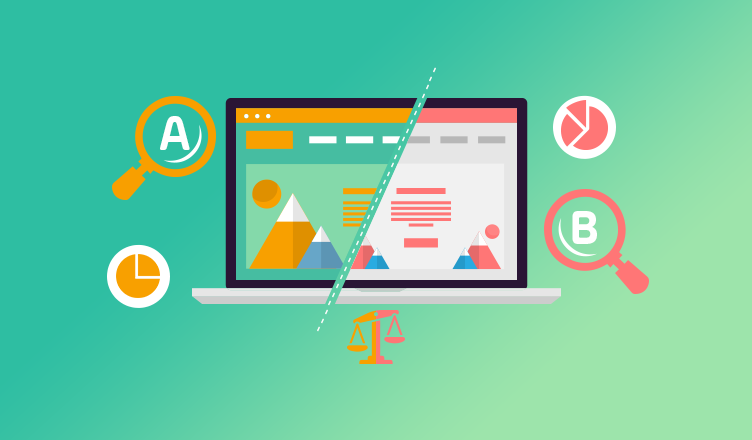The Science of A/B Testing: Improving Your Local Business Website
Unraveling the Concept of A/B Testing
A/B testing, often called split testing, is a method used in digital marketing that involves the comparison of two versions of a webpage or other user experiences to determine which performs better. It’s not a new concept, but in the world of online business, it’s the cornerstone of website optimization.
The Importance of A/B Testing in Today’s Digital Landscape
A/B testing plays a vital role in creating an optimized website. It allows marketers to shed light on the areas of a webpage that work and those that need improvement. It helps remove guesswork from website optimization and enables data-informed decisions, improving the site’s effectiveness and the user’s experience.
Setting the Stage: What are You Testing?
Before diving into testing, it’s important to understand what you’re analyzing. In A/B testing, two versions of a webpage are compared — one is the original, and the other is the modified version. These versions are shown to users at random, and statistical analysis is used to determine which version performs better for a given conversion goal.
Charting the Course: Defining A/B Testing Goals
The preliminary step in any A/B testing process is setting clear, measurable goals. These goals can vary depending on what you want to achieve with your website. You may aim to increase time spent on your site, lower the bounce rate, enhance conversion rates, or improve user engagement with a particular feature.
Choosing Your Challengers: Selecting Elements for A/B Testing
Choosing the right elements to test can significantly impact your A/B testing outcomes. You can virtually test anything on your webpage, including but not limited to, headlines, product descriptions, images, call to action (CTA) buttons, pricing structures, sales promotions, and forms. The trick is to focus on elements that you believe are strongly influencing your visitors’ behavior.
Drawing the Battle Lines: Formulating the A/B Testing Hypothesis
For every A/B test, you need a hypothesis. This hypothesis acts as a prediction that guides your testing process. For instance, your hypothesis might be, “By making our CTA button more prominent, we can increase our conversion rate by 10%.”
The Testing Phase: Setting Up and Running the A/B Test
Once you have your goal and hypothesis, the next step is to run the A/B test. Tools like Google Optimize, Optimizely, or Visual Website Optimizer can help set up the test, divide your web traffic between the two versions, and track user engagement.
Who’s the Victor? Analyzing A/B Testing Results
After your test, it’s time for data analysis. Here, you need to determine whether the differences between how users reacted to versions A and B are statistically significant. If there’s a clear winner, you’ll have the data-driven insight to implement changes on your website.
Continuous Improvement: The A/B Testing Cycle
One of the common misconceptions about A/B testing is that it’s a one-time process. However, the truth is that it’s cyclic. Once you’ve tested one element and implemented changes, you should move on to the next. This approach creates a culture of continuous learning and improvement on your website.
Pitfalls in A/B Testing: Mistakes to Sidestep
A/B testing is a scientific process, and like any experiment, it can be subject to errors. Some common mistakes to avoid include running too many tests simultaneously, stopping tests prematurely, and making decisions based on insignificant results.
A/B Testing and SEO: Friends or Foes?
The relationship between A/B testing and SEO is complex. If done correctly, A/B testing can improve your site’s user experience and SEO simultaneously. However, incorrect practices can lead to penalties from search engines. It’s crucial to ensure that A/B tests are conducted transparently and ethically.
A/B Testing as a Long-Term Strategy
To make the most of A/B testing, you should view it as a long-term commitment. It’s not just about isolated tests but a continuous process of learning about your users, understanding their needs, and making improvements. This commitment can dramatically improve your site’s performance over time.
A/B Testing in the Local Business Context
For local businesses, A/B testing can be a game-changer. It can help you understand how your local audience interacts with your site and what changes can make the site more appealing and effective for this specific audience.
Conclusion: Making the Most of A/B Testing for Your Local Business
Through A/B testing, you can gain valuable insights into user behavior and use these insights to refine and optimize your website’s performance. At LiannaMarketing, we help Northern Virginia businesses enhance their digital presence through strategic A/B testing, ensuring that every element of their website is performing at its best.

